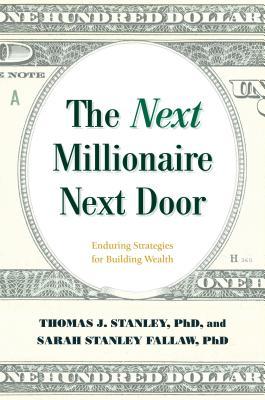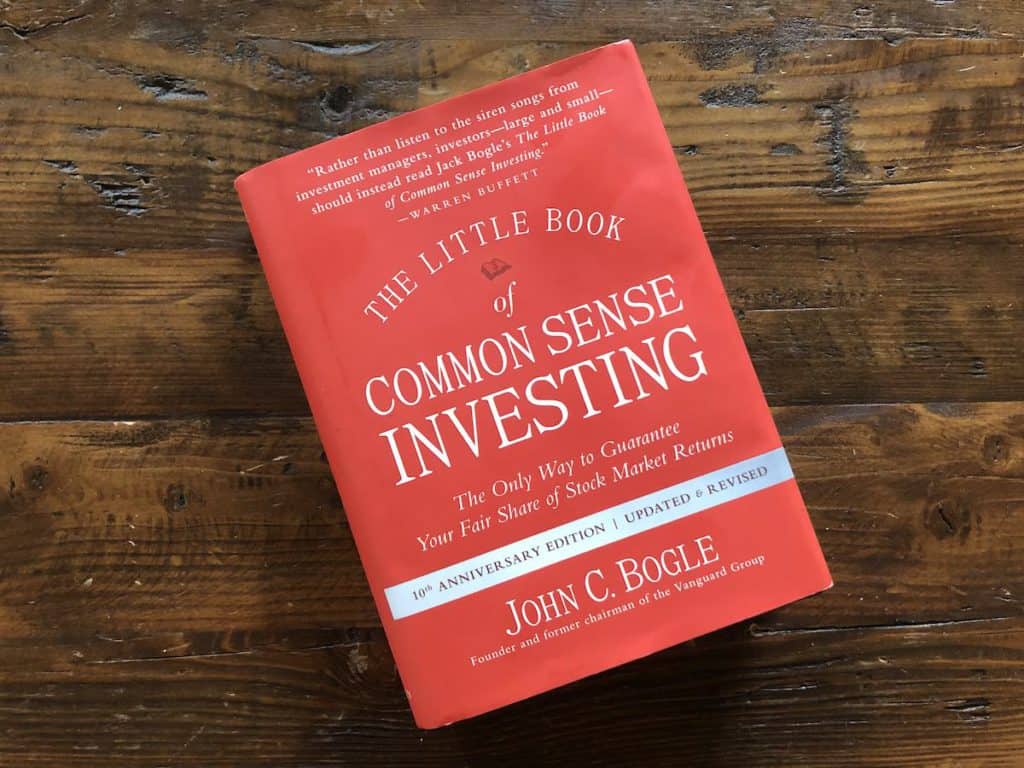The 4% Rule: What Your Financial Advisor Isn’t Telling You About Retirement Withdrawals

Here’s a scary thought: What if one of the most basic rules of retirement planning – the rule that millions of people are betting their future on – is fundamentally flawed? That’s exactly what Todd Tresidder, a former hedge fund manager turned financial educator, reveals in his eye-opening book about retirement withdrawals.
Meet Todd: The Guy Who Retired at 35
Before we dive in, let’s talk about why you should listen to Todd. He’s not your typical financial author. After managing hedge funds and retiring at the ridiculously young age of 35, he could have just kicked back and enjoyed life. Instead, he noticed something troubling: most retirement advice was dangerously oversimplified. That observation led him to write “The 4% Rule and Safe Withdrawal Rates in Retirement.”
Why This Matters Now More Than Ever
Think about this: interest rates are at historic lows, the stock market has been hitting record highs, and people are living longer than ever. Your grandparents’ retirement rules? They might not work anymore. And if you’re counting on the famous 4% rule, you might want to grab a cup of coffee and keep reading.
The 4% Rule: Not What You Think
You’ve probably heard of the 4% rule. It’s retirement planning 101: Just withdraw 4% of your savings each year, adjust for inflation, and you’ll never run out of money. Simple, right?
Here’s the bombshell: Tresidder’s research shows that safe withdrawal rates throughout history have actually varied from as low as 1.86% to as high as 24.86%. That’s not a typo – we’re talking about a massive difference that could mean the difference between living comfortably and running out of money.
Let me share three real stories from the book that will blow your mind:
The Lucky 1921 Retiree
Imagine retiring in 1921. Markets were cheap, interest rates were good, and the economy was about to boom. These folks could safely withdraw over 10% of their savings each year. They had it made!
The Unlucky 1966 Retiree
Now, fast forward to 1966. Different story entirely. These retirees could only safely withdraw 3.53%. Why? They got hit with a triple whammy: high market prices when they retired, nasty inflation that wouldn’t quit, and poor investment returns. Ouch.
Today’s Retiree
Here’s where it gets really interesting (and a bit scary). Tresidder suggests that someone retiring in recent years might need to stick to just 1.8% to be truly safe. That’s less than half of what the famous 4% rule suggests!
Why Such Huge Differences?
It all comes down to three big factors that nobody talks about enough:
Market Prices When You Retire
Think of it like buying a house. Would you rather buy when prices are sky-high or when they’re reasonable? Same thing with retirement. Starting retirement when markets are expensive (like they are now) means you might need to be more conservative with your withdrawals.
The Lucky (or Unlucky) Sequence of Returns
Here’s something wild: two people can get the same average investment returns over 30 years, but one might be able to withdraw 24.86% while the other has to stick to 1.86%. The only difference? Whether the good returns came early or late in retirement. It’s like a twisted lottery!
The Silent Killer: Inflation
Remember those 1966 retirees? Inflation forced them to more than double their withdrawals just to buy the same stuff. Meanwhile, their investments weren’t keeping up. Talk about being stuck between a rock and a hard place!
A Better Way: Tresidder’s Three-Step Strategy
Instead of blindly following the 4% rule, here’s what Tresidder suggests:
1. Plan Like You’ll Live Forever (Well, Almost)
Okay, not forever, but plan for 100+ years. Sounds crazy? Consider this: medical advances keep extending lifespans, and running out of money at 90 isn’t exactly a great retirement plan.
2. Be a Market Detective
Before deciding how much to withdraw, look at:
- Are stocks expensive or cheap? (P/E ratios tell you this)
- What are interest rates doing?
- What’s happening with inflation?
If markets look expensive, maybe move some money into inflation-protected investments or dividend-paying stocks. It’s like having a backup plan for your backup plan.
3. Stay Flexible (Really Flexible)
This is probably the most important part. Don’t be rigid about withdrawals. Had a bad year in the markets? Maybe skip the inflation adjustment or withdraw a bit less. Good years? You might be able to spend a little more.
Making It Work in Real Life
Here’s where the rubber meets the road. To put Tresidder’s ideas into practice:
Watch Your Costs
Investment fees matter – a lot. If you’re paying 1% or more in fees, that’s money you can’t spend in retirement.
Build in Safety Margins
Having some cash set aside for market downturns means you won’t have to sell investments when prices are low.
Stay Alert
Having some cash set aside for market downturns means you won’t have to sell investments when prices are low.
The Bottom Line
The 4% rule isn’t exactly wrong – it’s just way too simple for today’s world. Retirement planning needs to be more flexible and sophisticated than a one-size-fits-all rule from the past.
Remember, you spent decades building your nest egg. Don’t let oversimplified rules put it at risk. Your future self will thank you for taking the time to get this right.
Want to dive deeper into this stuff? Grab a copy of Tresidder’s book. It’s available in Kindle formats, and it could literally save your retirement.
📚 Get “The 4% Rule and Safe Withdrawal Rates in Retirement”. on Amazon
When you purchase through this link, you support our work at no additional cost to you. We only recommend books we believe will genuinely help you on your wealth-building journey.
About Todd
Todd Tresidder’s work shows up in places like The Wall Street Journal and Smart Money Magazine. After retiring early from his hedge fund career, he’s dedicated himself to teaching others about smart money management through his website, FinancialMentor.com. He’s living proof that these strategies work – and he wants to help you make them work too.















